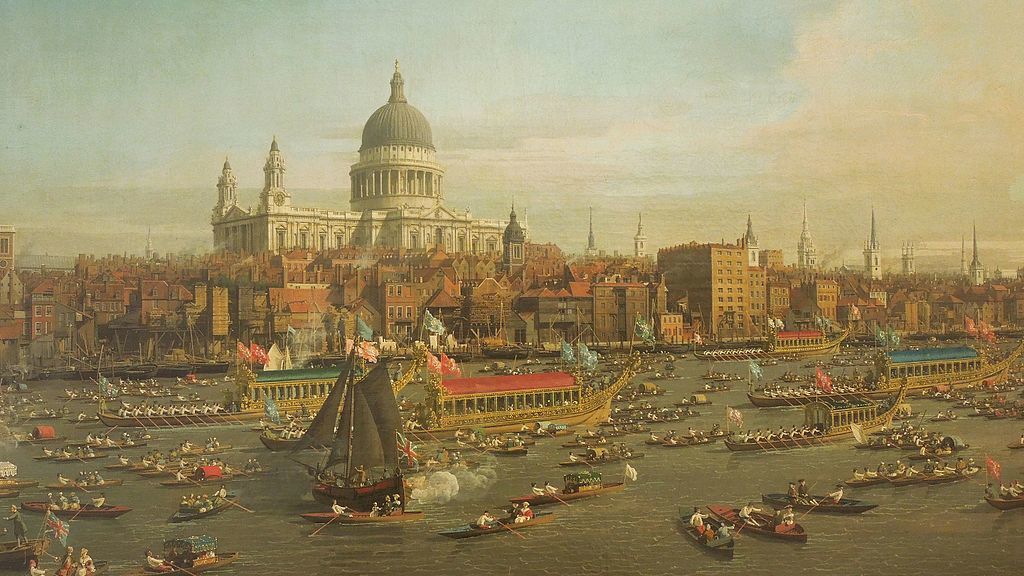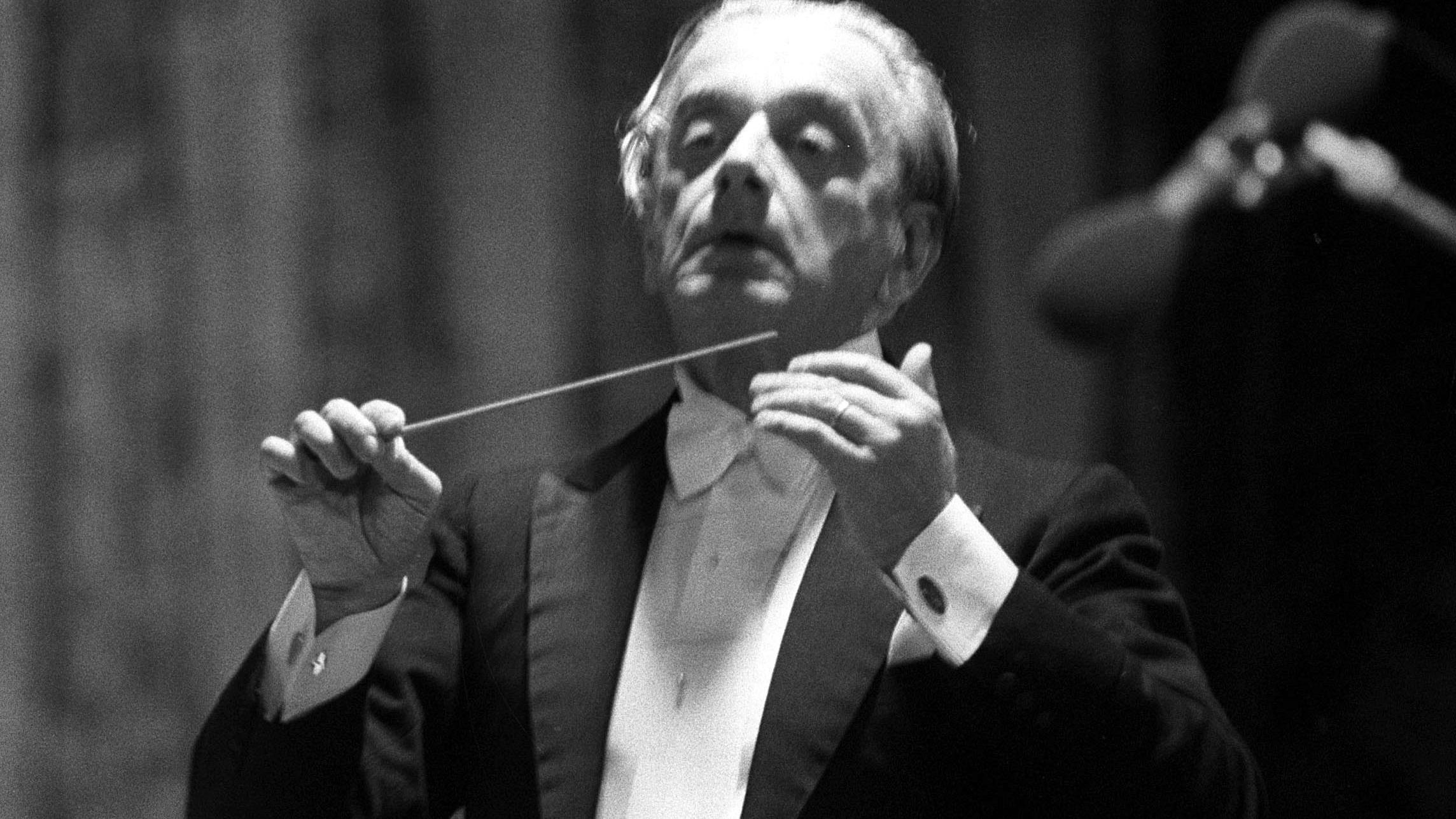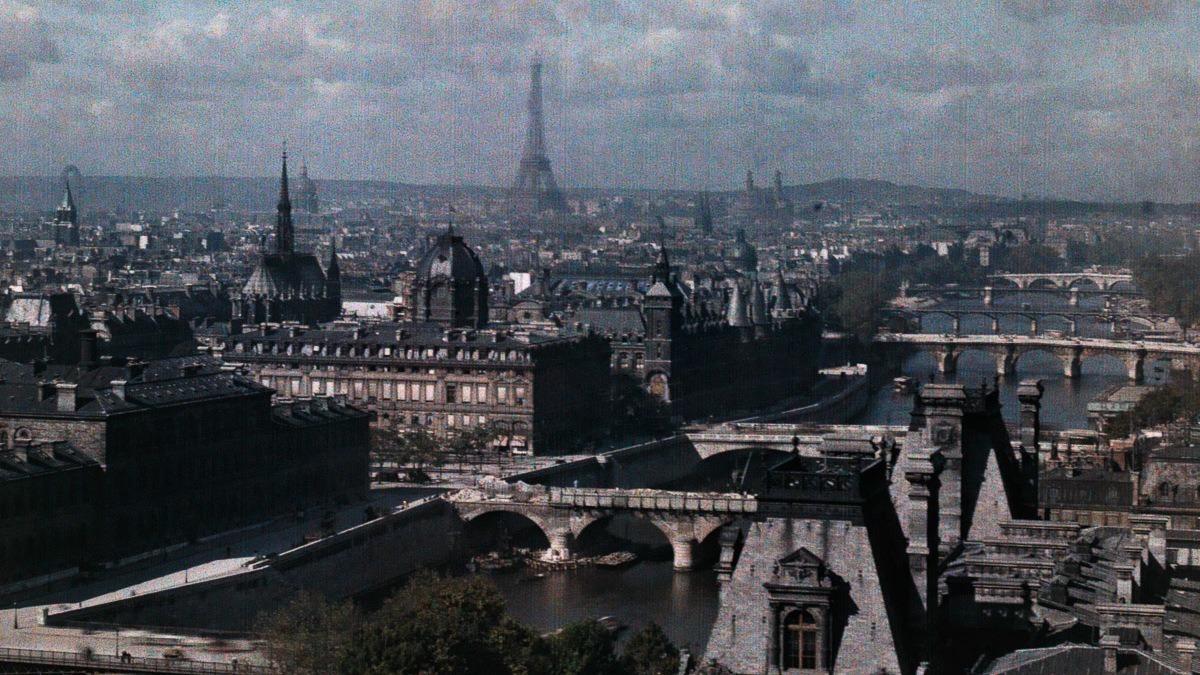Elgar’s Serenade for Strings: Music of Youth
Composed in March of 1892, the Serenade for Strings is one of the earliest works of Sir Edward Elgar (1857-1934). It may have been a reworking of a previously written suite. It is the music of spring, filled with youthful vitality and charm. By definition, the title “serenade” suggests music played in the evening, outdoors amid the beauty and abundance of nature. As depicted in Shakespeare’s Romeo and Juliet, it also conjures up images …







